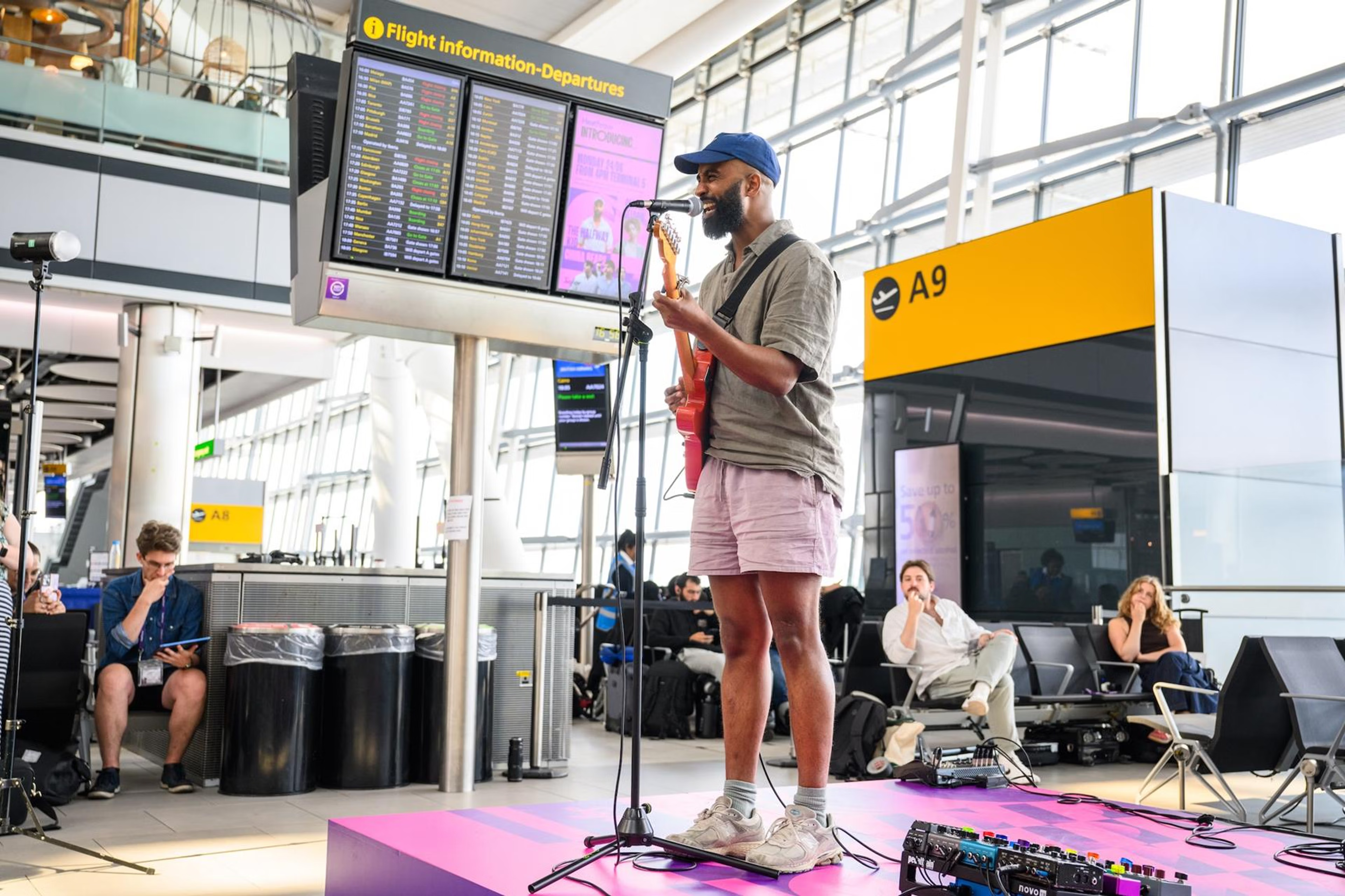Shanghai surprise
Words by Hui Wen Lim

Shanghai is one of the most populated and wealthiest cities in China and due to its history fusing eastern and western cultures, the most internationalised city in the country. Consumer trends are constantly evolving in Shanghai creating a demand for new commercial developments and retail concepts.
We look at the most interesting new developments:
Leisure
TODTOWN in Shanghai is a 432,000 sqm mixed-use development set to be fully completed in 2027. The site houses a hotel, offices, residences, serviced apartments, and a mall with leisure facilities which anchors the site. It aims to be the leisure and lifestyle destination for the local community. This transit-oriented development (TOD) benefits from strong transport links – bus, road, and rail networks, which are anticipated to handle passenger flows of 400,000 per day after completion.
In 2023, Shanghai allocated approximately 16% of mall space to leisure and entertainment compared to about 14% in 2019 (Savills 2024). As a result, malls in Shanghai like TODTOWN and community-based malls, are placing greater emphasis on their leisure offerings, as retailers (especially fashion) are impacted by the ease and convenience of online shopping.
The e-sports and gaming industry is highly developed in China and home to some of the largest esports companies in the world. SuperGen Group is anticipated to open its Shanghai International Culture and Creative Esports Centre Shanghai in 2025, creating a world class e-sports hub housing facilities such as shopping malls, five star hotels, professional e-sports stadiums, and extreme sports facilities.
Brands
Shanghai is a preferred destination for international brands and flagship stores remain popular destinations. The Arc’teryx Museum and Supreme’s first China store both opened earlier this year. As online shopping is very popular in China, brands are using physical spaces to express themselves and build community. Gentle Monster reopened in March this year in Shanghai with a rebranded concept called Haus Nowhere, bringing together fashion, art and desserts. It incorporates a café and Tamburins (a fragrance brand) with a 'gymnasium' that pays tribute to the croissant!
Community
Malls are often associated with a repetitiveness of offerings and lack of uniqueness by consumers. As consumer behaviour evolves, brands have focused more on localism and the community.
Prada hosted a weekend market in Rong Zhai, a historic residence in Shanghai, which it has restored, focusing on sustainable lifestyles. Local vendors sold Prada-packaged organic vegetables, vinyl records, books, and ceramic vases. This addressed the gap between luxury and ‘everyday’ brands by introducing a community concept through a localised marketing approach.
With a plethora of developments materialising in Shanghai’s landscape, developers must consider strengthening their innovation, cultural offerings, and international appeal to drive differentiation. As for retail, with the rise of online shopping, retailers are increasingly using their stores as showrooms to attract and engage with a broader audience while using online platforms to build their community.
Hui Wen Lim

